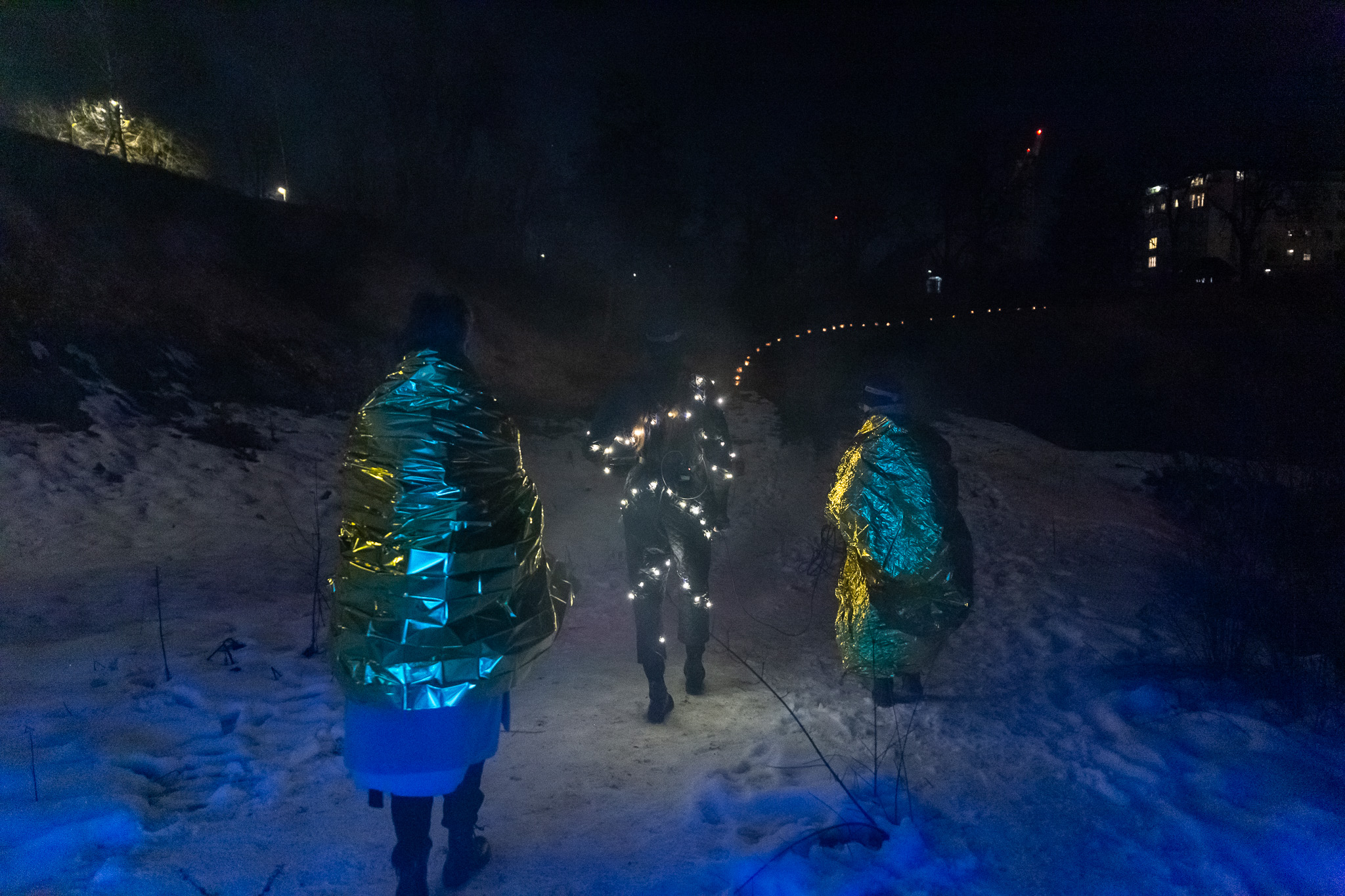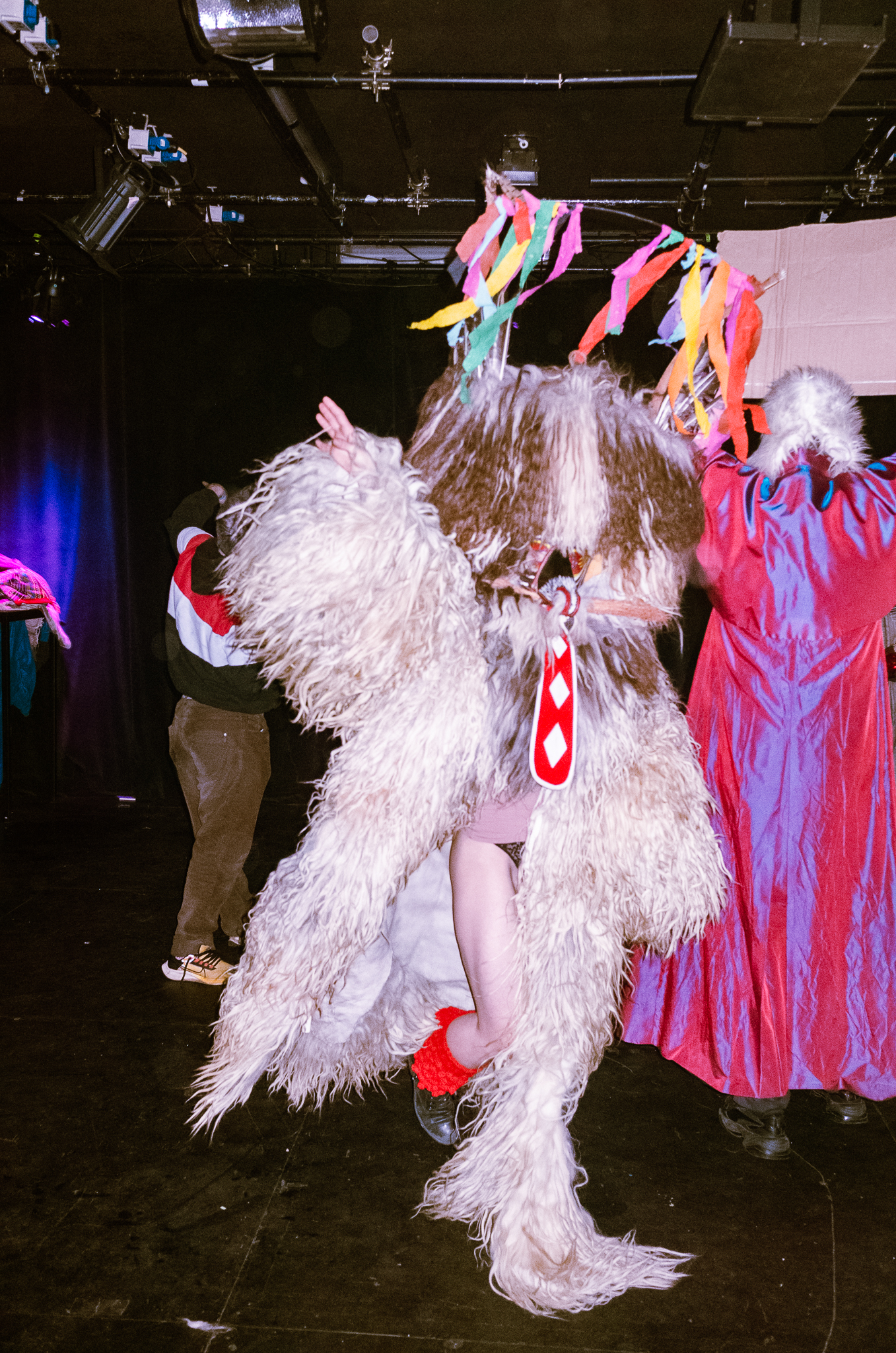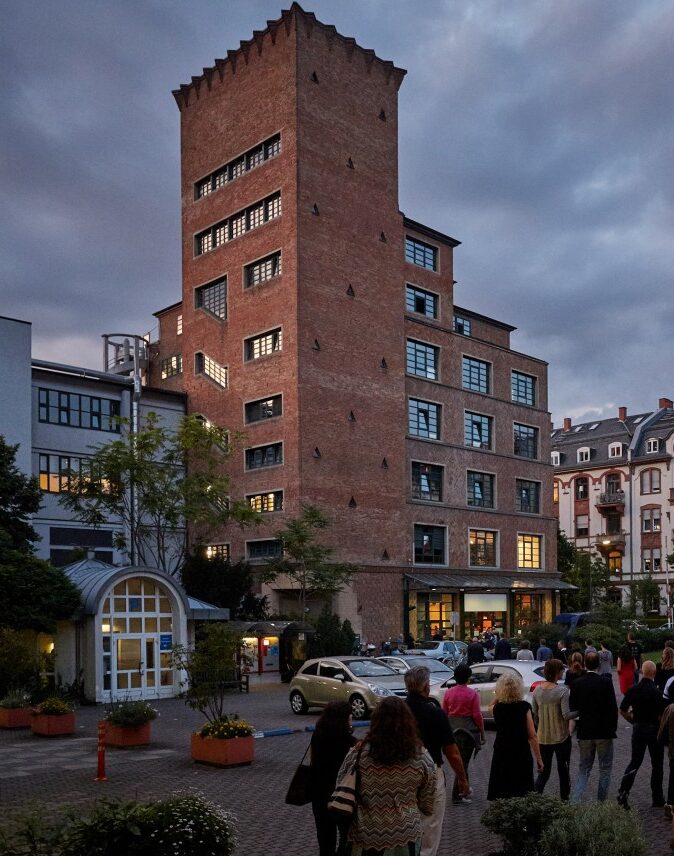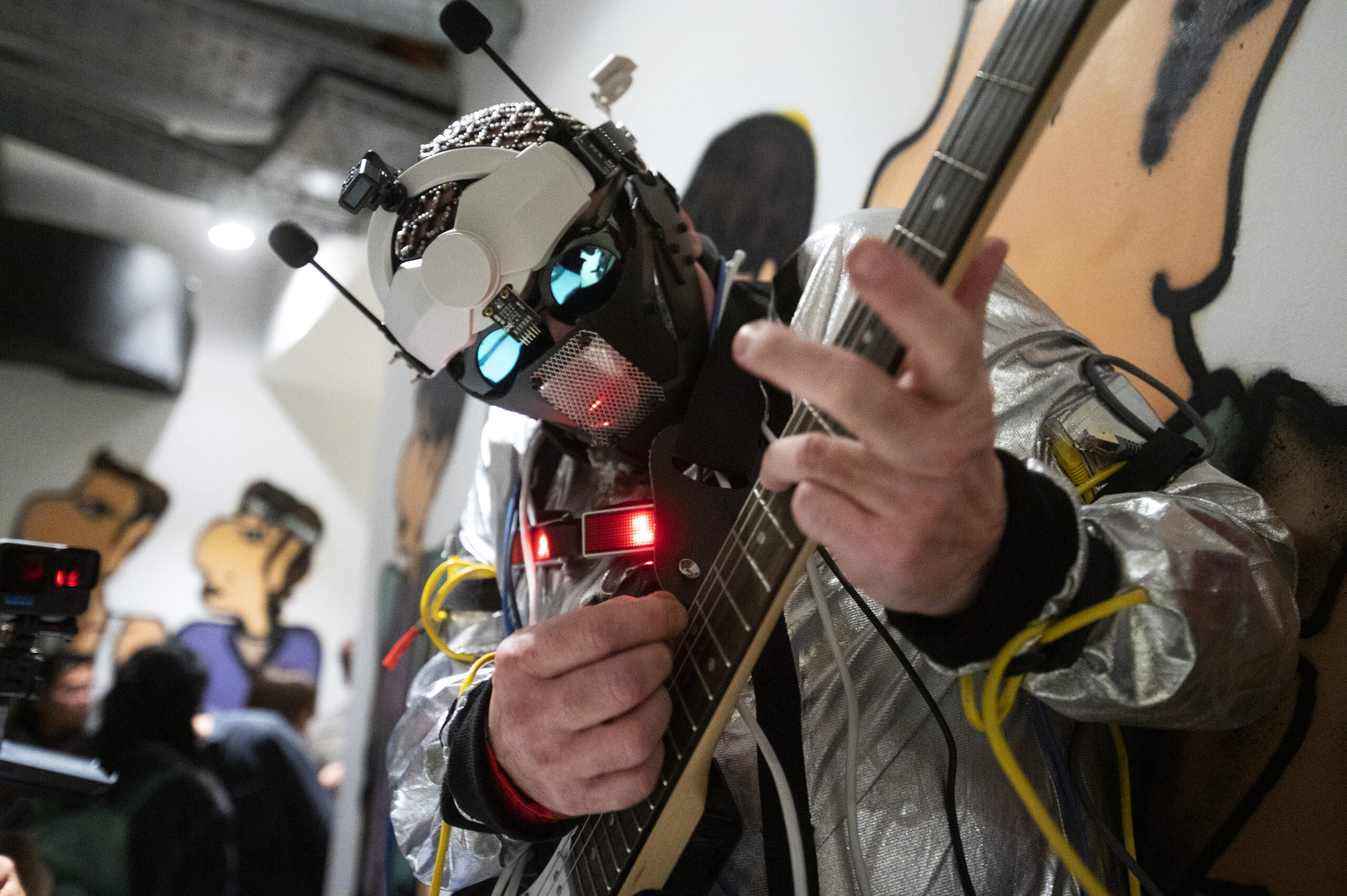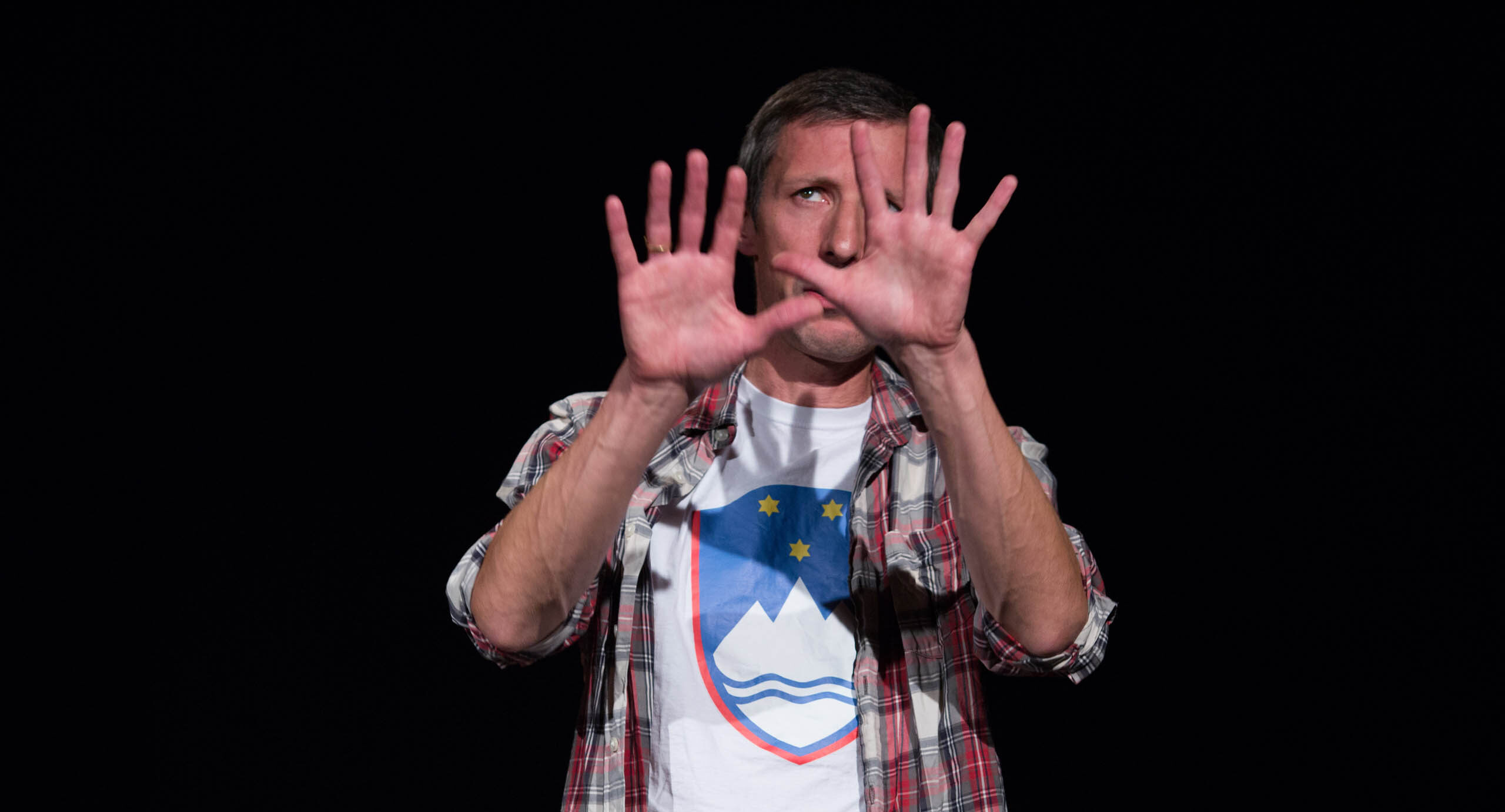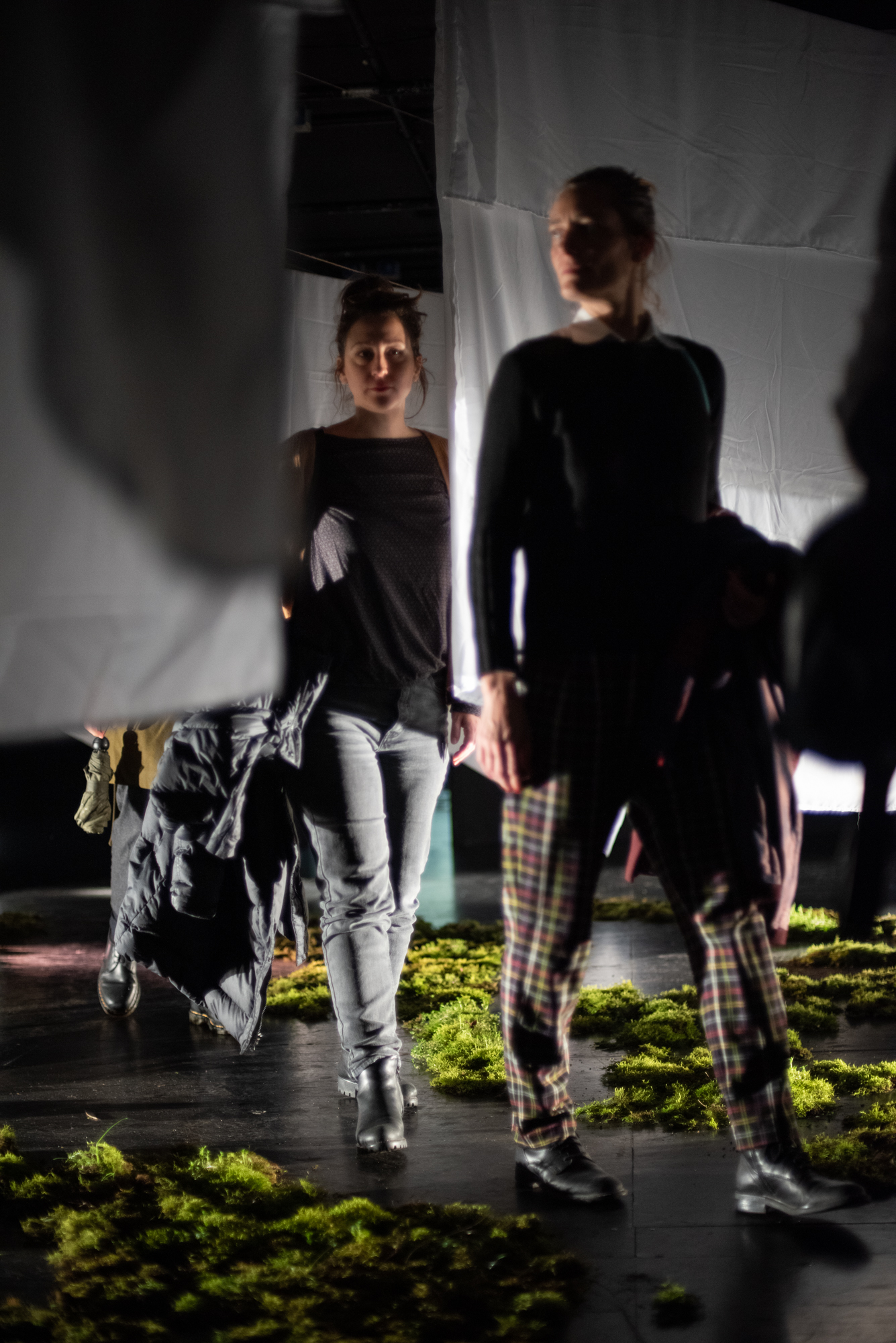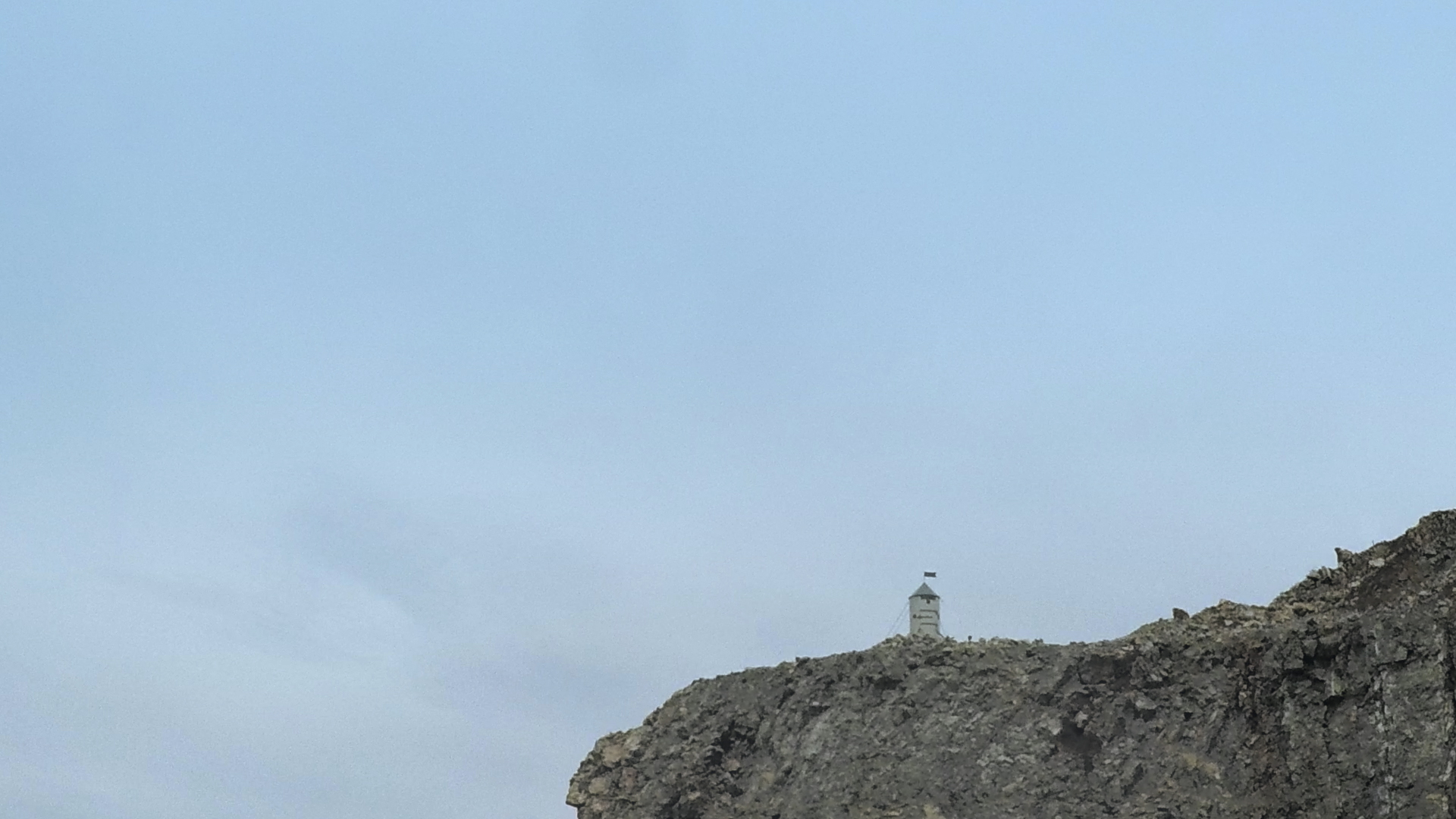Tanja Lažetić: Berlin Zoo

Tanja Lažetić’s project Berlin Zoo addresses the perception of time and the past. In it, the author uses her artwork to try to move the past out of memory.
At the centre of the project is the lion cage in the Berlin Zoo, as a kind of monument that has survived many socio-political changes. The author’s grandmother first saw the lion lying there in 1965 and photographed it. The author took her first photograph of a lion in the Berlin Zoo in 2006. Thirty-one years on, nothing has changed for the caged lion. When she submitted the Berlin Zoo project to 2023+ in 2006, she wrote: “Even in 2023, everything will perhaps be the same, so I will add a third photo of the lion from the Berlin Zoo to the series then.” But in 2019, the cage was renovated, and the latest photos of the lion cage were taken this summer.
Tanja Lažetić has been visiting Berlin since 1997 and regularly documents her visits. The projection will therefore mix her photographs with those of her grandmother from 1965. Her grandmother is gone, and Paskal Dokler, who will accompany the projection with an accordion, was not even born in 2006, when the artist started the project.
- THURSDAY, 28. 9. 2023, 19.00, Old Power Station – Elektro Ljubljana
Performance
Author: Tanja Lažetić / www.lazetic.si
Performed by: Paskal Dokler; accordion
Production: Maska Ljubljana
Jaka Bombač
It is a well-known fact that Louis Daguerre, one of the first photographers and the inventor of the daguerreotype, was fascinated by, among other things, photographing the same object under different light conditions, which was supported mainly by the technical disadvantage of his era (the extremely long exposure times of the early machines) and his interest ‘not only for the capture of a specific view, but for the representation of photography as its own articulation of time’.
In an era of infinite reproducibility of photography, when most photographs lose this visual trace of time (the singularity of the photograph that Benjamin called ‘aura’), they often also lose their genuine experimental attitude. Tanja Lažetić is a photographer who uses various means in her work, always maintaining a basic interest in the collage technique or juxtaposing fragments of various photographs, taken and found, and other things (‘sometimes I tear up paper, sometimes digital files; I smash glass, put shards together, glue stuff, sew, magnify or reduce images, and change colours’). She often collages her photographs into three-dimensional objects or combines them with found photographs that she collects.
Is Berlin Zoo, 1965–2006, a series of photographs by Tanja Lažetić, any of the above? The same object under different (lighting) conditions or a reproduction? In a sense, it is certainly a reproduction, namely that of countless photos of animals from zoos, with a minor difference – the lion is caged. Is it a Daguerre series of photographs of the same object under different conditions? If we decide to be a tad petty, we have no guarantee that the same ‘object’ is present in the photos, as we humans find it hard to distinguish between specific lions’ bodies and faces. We believe the artist, mainly, because the identity of the object is personally important to her: it connects her to her grandmother, who, forty-one years ago, saw and photographed the same lion; and this very same lion, behind the bars, saw something that the artist never had – her grandmother in her youth.
If we cannot be completely sure about the identity of the object, we can at least be sure that the conditions for this ‘object’ have not changed in forty-one years. The lion is still surrounded by the same cage, and the same volume has been measured out for him as forty-one years ago. Perhaps this is a guarantee of the sameness of the object. A shocking detail, which is akin to Benjamin’s ‘aura’ of the duet (soon to be trio), is the minimal movement, the reversal of position. Two female relatives, between them a collage of countless experiences, but, in the case of the lion, only a reversal of position. So which way will the lion be facing in the third photo?










